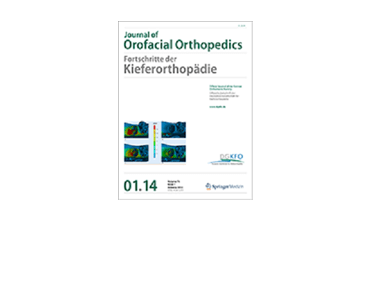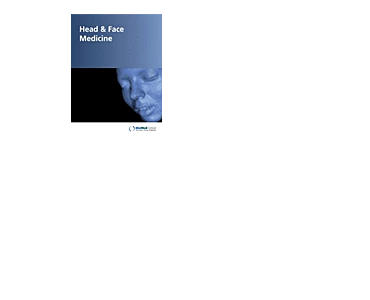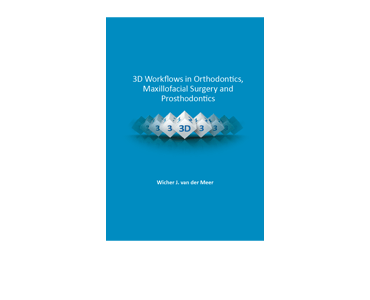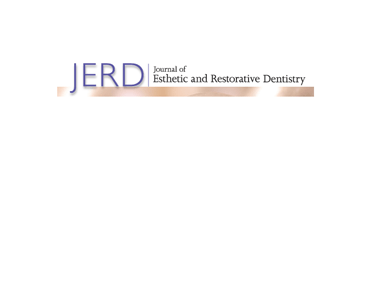Quantification of facial asymmetry: A comparative study of landmark-based and surface-based registrations. T Verhoeven, T Xic, R Schreurs, S Bergé, TJJ Maal.
Date: September 2016. Source: Journal of Cranio-Maxillo-Facial Surgery, Volume 44, Issue 9, Pages 1131–1136. Objective: To compare the validity and reproducibility of four different methods for the quantification of soft tissue facial asymmetry. Methods: Twenty 3D-photographs were randomly selected from the healthy control database. To assess the validity of the one landmark-based and three surface-based…









